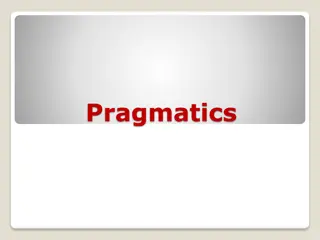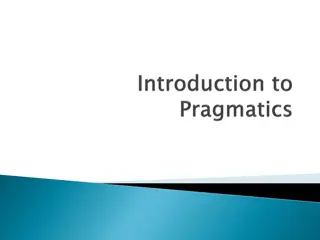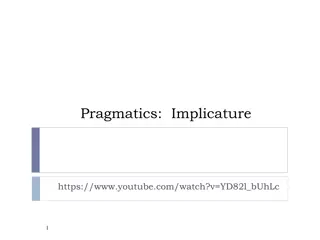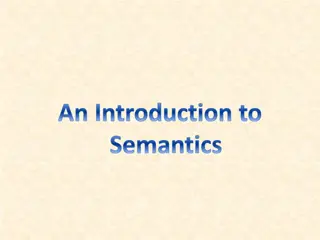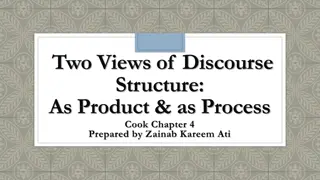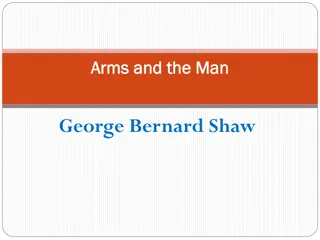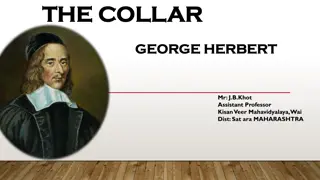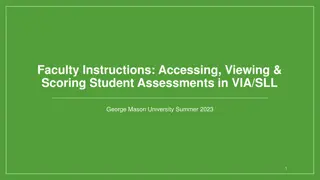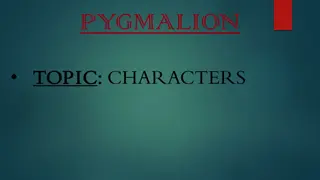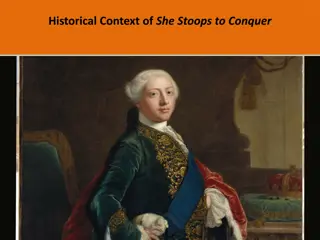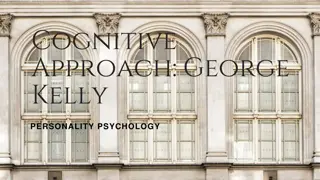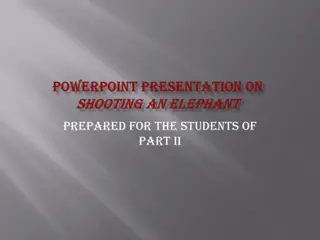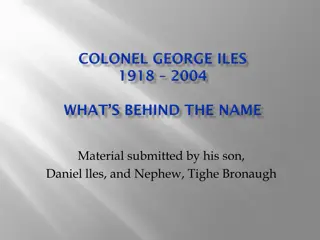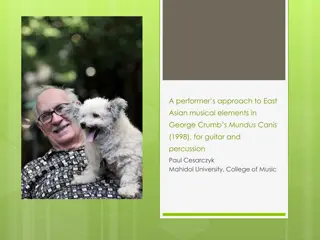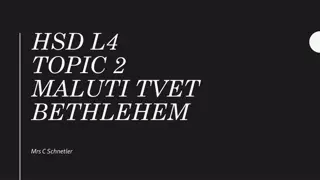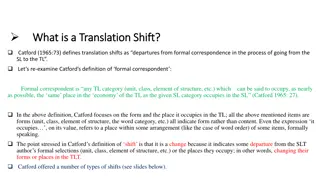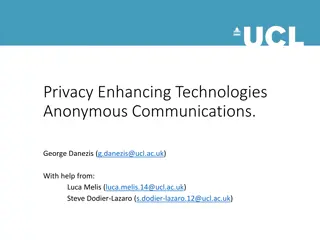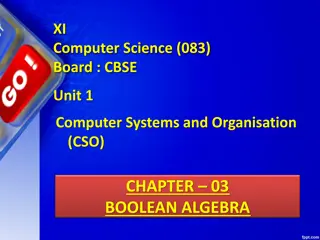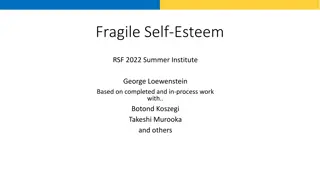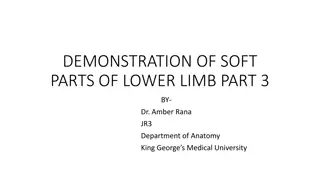Overview of Pragmatics and Deixis According to George Yule
Pragmatics and Deixis are crucial aspects of language understanding, as explored by George Yule. Pragmatics focuses on the use of language in context, while Deixis involves pointing via language to convey meaning based on the immediate context. Deictic expressions play a significant role in face-to-face interactions by aligning the spatial context between speakers. Understanding deixis requires consideration of the extra-linguistic context of an utterance, such as the speaker's identity, location, gestures, and the current discourse. Different types of deixis include person deixis, spatial deixis, and temporal deixis, each serving distinct pointing purposes. Person deixis further categorizes speakers, addressees, and others, with social deixis addressing relative social statuses.
Download Presentation

Please find below an Image/Link to download the presentation.
The content on the website is provided AS IS for your information and personal use only. It may not be sold, licensed, or shared on other websites without obtaining consent from the author. Download presentation by click this link. If you encounter any issues during the download, it is possible that the publisher has removed the file from their server.
E N D
Presentation Transcript
What is pragmatics? 1. Give example of pragmatics phenomenon! 2. How pragmatics help you in understanding 3. language phenomenon around you? What is pragmatics Competence? 1. How to upgrade you pragmatics competence 2.
2.DEIXIS and DISTANCE DEIXIS: pointing via langauge To accomplish this pointing we use deictic expressions or indexicals. i.e: What s that? (used to indicate sth. in the immediate context.)
2.DEIXIS and DISTANCE Deictic expressions depend on the speaker and hearer sharing the same spatial context, in face-to face spoken interaction.
Deixis is reference by means of an expression whose interpretation is relative to the (usually) extra linguistic context of the utterance
Extra Linguistic Context of The Utterance who is speaking the time or place of speaking the gestures of the speaker the current location in the discourse
Types of deixis Person deixis: used to point people. (me, you) Spatial deixis: used to point location (here, there). Temporal dexis: used to point location in time (now, then). i.e: I ll put this here, ok?
PERSON DEIXIS There are 3 categories: SPEAKER (I) ADDRESSEE (YOU) OTHERS (HE- SHE-IT- THEY) SOCIAL DEIXIS: forms used to indicate relative social status. In many languages deictic categories become markers of relative social status. HONORIFICS: expressions that mark that the addressee is of higher status.
Examples of SOCIAL DEIXIS In Spanish the T - Usted distinction. The choice of one form will communicate something, not directly said, about the speaker s view of his relation with the addressee. The higher, older and more powerful speaker will tend to use the t and viceversa. Nowadays, the age distinction remains more powerful than the economic distinction in many countries.
Using the 3rd person form Communicates distance and non- familiarity. Also, it has an ironic or humorous purpose. Also used to make accusations: Somebody didn t clean up after himself (less direct than You didn t clean i.e: Would his highness like some coffee?
SPATIAL DEIXIS Forms used to point to LOCATION DEICTIC PROJECTION: when speakers act as if they are somewhere else. i.e: Here and There Come and Go i.e: I m not here now. (telephone answering machine) Recording is a performance for a future audience in which I project my presence to be in the required location. PSYCHOLOGICAL DISTANCE When speakers mark how close or distant something is perceived to be. i.e: That man over there implies psychological distance.
TEMPORAL DEIXIS Forms used to point to location in time. i.e: now - then In contrast to now, the distal expression then applies to both past and future time relative to the speaker s present time. i.e: I was in Scotland then I ll see you then
DEIXIS AND GRAMMAR The distinctions for person, spatial, and temporal deixis can be seen at work in English grammar structures such as DIRECT and INDIRECT (reported)SPEECH. i.e: Are you planning to be here this evening? I asked her.
REPORTED FORM I asked her if she was planing to be there that evening There s a shift from the near speaker meaning of direct speech to the away from speaker meaning of reported speech, with the use of DISTAL DEICTIC forms.
proximal terms ( this, here, now) Near speaker distal terms (that, there, then) Away from speaker



